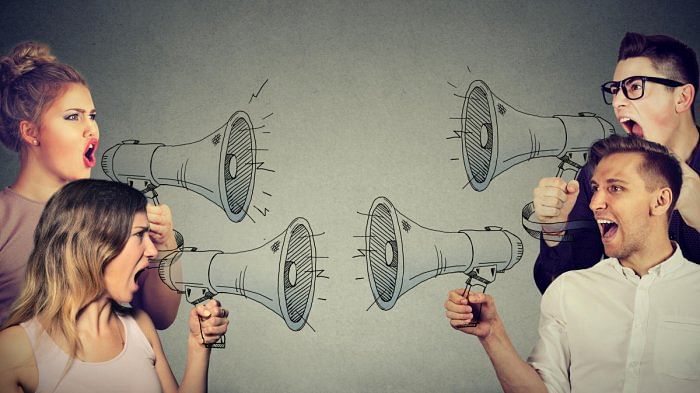
Chief Justice of India (CJI) N V Ramana’s criticism that the media, particularly the electronic and social media, are running “kangaroo courts” is not the first adverse comment about the conduct of the media from the judiciary. Justice Ramana was delivering a lecture, but such comments have been made by the bench also. A few weeks ago, a bench of Justice U U Lalit observed that any discussion on TV regarding criminal cases in courts would amount to “direct interference in the administration of criminal justice”. It said that a public platform is not the place to debate proof and evidence. The CJI also made much the same observation when he said that “ill-informed, biased, and agenda-driven debates in the media on issues pending in courts are affecting justice delivery”. His conclusion that the media has breached its responsibility, taking democracy two steps backwards, affecting people and harming the system, cannot be faulted.
The focus of the CJI’s observations was the electronic and the social media, which have zero accountability with respect to what they present and communicate. TV debates are marked by partisan views, shallow comments, and combative and sensational postures that do not inform or uplift anyone. The partisanship is often political and that colours the conduct of most of the electronic media. Recent examples include discussions on some channels on the death of actor Sushant Singh Rajput, the reporting and debates on the protests against the farm laws, the Delhi riots of February 2020, etc. TV anchors and guests take on the roles of judge and jury and mislead and prejudice people on events, issues, persons and communities. Judges are expected to be immune to such influencing, but the fact that judges are unhappy with the trend shows that such media excesses should be avoided, for the sake of justice as well as for the credibility of the media.
The case of social media is worse. Since it is much less organised and participants enjoy a level of anonymity, it is more irresponsible and provocative. There are also big organisations, including political parties, that work behind social media and use it as a tool for propaganda and for dishonourable ends. Neither the electronic media nor social media has a system of checks and balances and there is no self-regulation, especially for social media. Both these have a mutual relationship, too. Though the print media is not all straight and right, it has some legal accountability and, as the CJI pointed out, it is careful about matters that are sub-judice or defamatory. The CJI has flagged a serious problem, but it is difficult to find a solution to it. It is difficult to conceive of an effective regulatory system that is beyond misuse by the government.